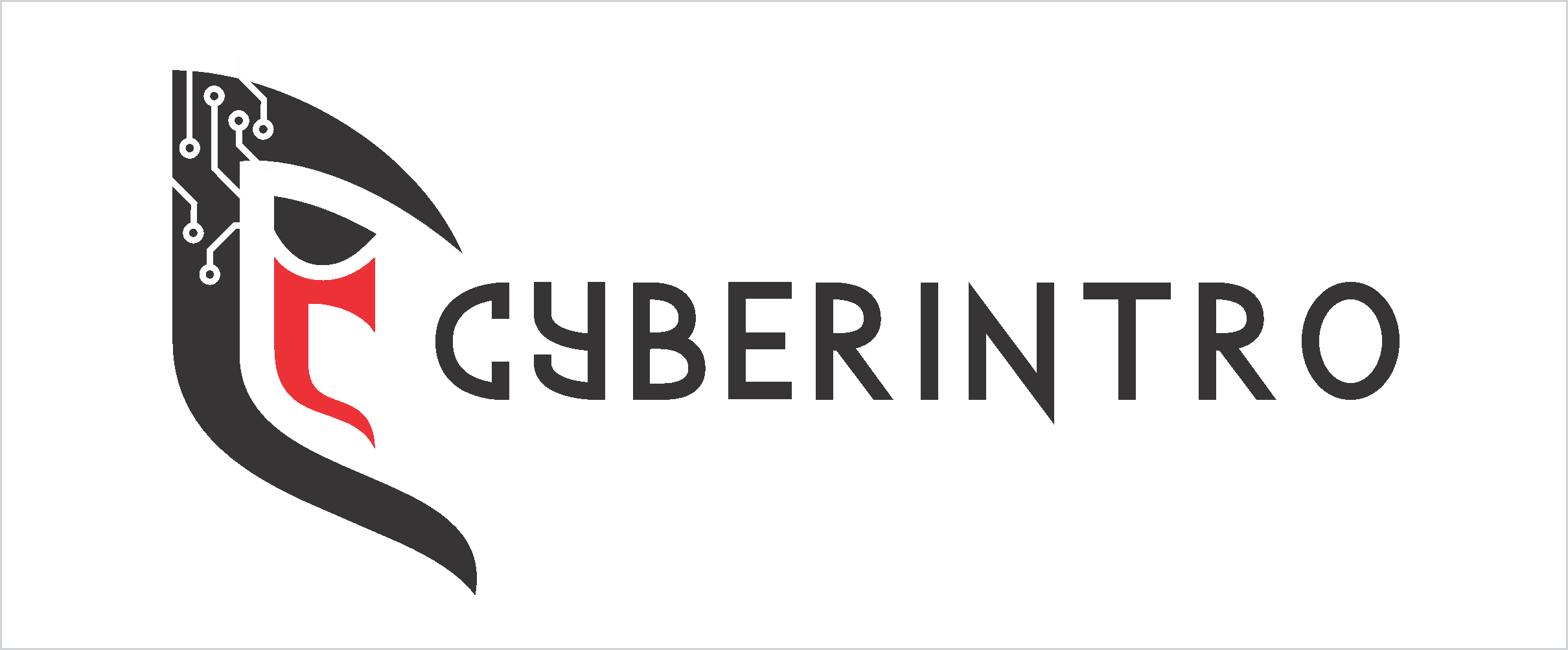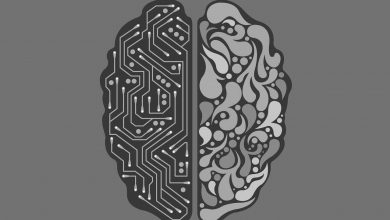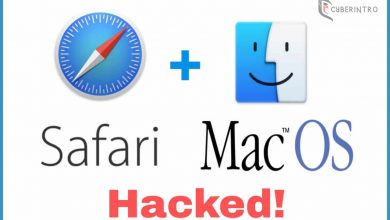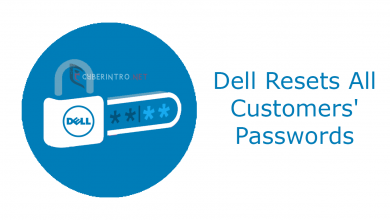What is?FeaturedTechnology
What is Internet of Things (IoT)? Explained by CyberIntro

The term Internet of Things (IoT) represents a computing concept which connects all the daily house-holding objects or devices let talks to each other by the Internet. It can be achieved either by RFID as the communication mode. It may also include the wireless technologies and QR codes to communicate.
By connecting all the devices, It is easy to collect and analyze the data and create an action to help someone to do a task and learn from the task.
“It’s about networks, it’s about devices, and it’s about data,” Caroline Gorski, the head of IoT at Digital Catapult explains. IoT allows devices on closed private internet connections to communicate with others and “the Internet of Things brings those networks together. It gives the opportunity for devices to communicate not only within close silos but across different networking types and creates a much more connected world.”
History of the Internet of Things (IoT)?
The concept was first used on a modified coke machine at Carnegie Mellon University in 1982 was the first internet-connected device. The device was able to report the inventory and whether the newly loaded drinks were cold.
The term “Internet of things” was likely coined by Kevin Ashton of Procter & Gamble, later MIT’s Auto-ID Center, in 1999, though he prefers the phrase “Internet for things”. At that point, he viewed Radio-frequency identification (RFID) as essential to the Internet of things, which would allow computers to manage all individual things. (Source: Wikipedia).
The modern IoT has evolved from the convergence of wireless technologies, microelectromechanical systems (MEMS) and micro-services.
The internet of things is also a natural extension of SCADA (supervisory control and data acquisition), a category of the software application program for process control, the gathering of data in real time from remote locations to control equipment and conditions. SCADA systems include hardware and software components. The hardware gathers and feeds data into a computer that has SCADA software installed. Where it is then processed and presented it in a timely manner. The evolution of SCADA is such that late-generation SCADA systems developed into first-generation IoT systems.
The concept of the IoT ecosystem, however, didn’t really come into its own until the middle of 2010 when, in part, the government of China said it would make IoT a strategic priority in its five-year plan.
Advantages of IoT:
The IoT has many advantages to organizations as follows:
- Monitor their overall business processes,
- Improve the customer experience,
- Save time and money,
- Enhance employee productivity,
- Integrate and adapt business models,
- Make better business decisions and
- Generate more revenue.
Security and Privacy on IoT
The IoT connects billions of devices together on the internet, all of which need to be secured. Due to the expanding attacks over the network, IoT security is a major concern.
It should be noted that one of the most notorious recent IoT attacks was Mirai, a botnet that infiltrated Domain Name System provider DNS and took down many websites for an extended period of time in one of the biggest distributed denial-of-service (DDoS) attacks ever seen. Attackers gained access to the network by exploiting poorly secured IoT devices.
Because IoT devices are closely connected, all a hacker has to do is exploit one vulnerability to manipulate all the data, rendering it unusable. And manufacturers that don’t update their devices regularly – or at all – leave them vulnerable to cybercriminals.
Additionally, connected devices often ask users to input their personal information, including names, ages, addresses, phone numbers, and even social media accounts – information that’s invaluable to hackers.
However, hackers aren’t the only threat to the internet of things; privacy is another major concern for IoT users. For instance, companies that make and distribute consumer IoT devices could use those devices to obtain and sell users’ personal data.
Beyond leaking personal data, IoT poses a risk to critical infrastructure, including electricity, transportation, and financial services.
Also read – What is a Quantum Computer?
Comment below if you have anything to discuss this topic. Follow us on Facebook, Twitter, Instagram or Linkedin.





